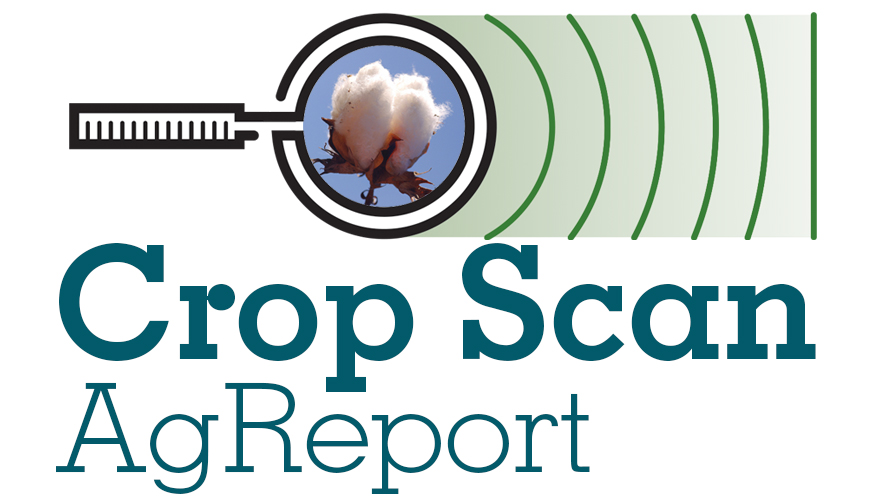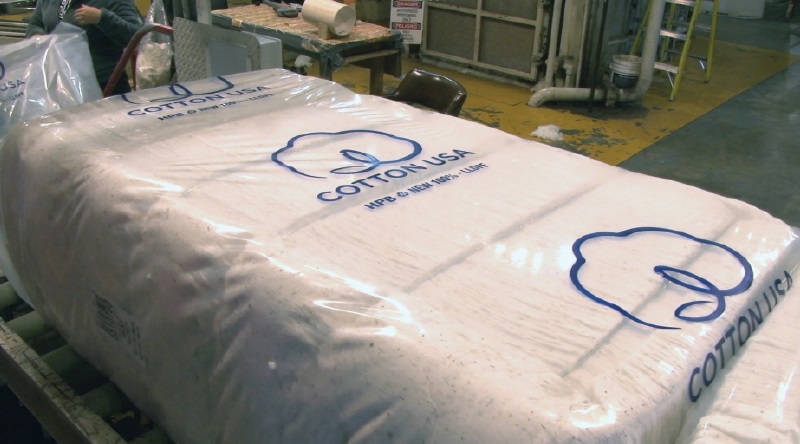In a Drought, Farming Simple May Be Simply Better
2022 will long be remembered in many parts of the Cotton Belt as the new benchmark for drought, especially in the Texas High Plains, which enjoyed a rare bountiful cotton harvest in 2021 due to timely rains and an open harvest period.
But last year’s success masked the foundation of the driest year that region has ever seen. When the rain stopped in August 2021 and didn’t come back before, during, or after 2022 planting, it was a recipe for disaster.
“The worst thing about a drought is it doesn’t cover any of your mistakes,” says Ian McIntosh, a fourth-generation farmer in Floydada, TX.
 Ian McIntosh (Photo: Jim Steadman)
Ian McIntosh (Photo: Jim Steadman)
The McIntosh family farm covers about 7,500 acres of farmable ground, with 2,500 to 3,500 acres of cotton and usually a similar amount in wheat. Grain sorghum is often added when limited pivot–irrigated ground needs to be split with cotton. 2021 was the best farming year, McIntosh says, that he’s ever had. It gave him a cushion going into 2022.
“Last year was so late, we were planting into mid-June,” he recalls. “Then the right rains and the open fall turned the cotton. We averaged a bale and half across the farm. Plus, I had some unbelievable cotton sales. Put that with a good yield, and you’ve got enough to pay off some debt. It helped me into this year.”
This year, of course, drew comparisons to the record-setting drought of 2011 — with one primary difference, notes McIntosh notes.
“In my opinion, it was worse than 2011 because we didn’t have any underground moisture to begin with. So even though we had a little band of moisture to plant into in May, you had hope when you really didn’t have any. I lost half of my dryland acres to the drought initially. It’s been a struggle this year.”
Keeping It Simple
McIntosh will tell you that keeping things simple in his farming operation has always paid benefits (he’ll also be quick to remind you that farming on the Texas High Plains is akin to having Vegas in your backyard, too). During this droughty year, that philosophy quickly became an advantage.
“Out of simplicity, I planted 100% PhytoGen varieties with the Enlist traits,” he explains. “I don’t want to have to worry when we spray a field and wonder what variety is planted there. I try to keep things simple. That’s my philosophy, and it’s working out okay.”
In spite of the year’s conditions, McIntosh says he feels fortunate, knowing that things could have been much worse.
“I’m comfortable right now, even though it’s been a disastrous year,” he says. “Having crop insurance come in has been great, and I know I can make it at least into next year and beyond. I have some half circles of possibly the best cotton I’ve ever grown, and I’m hoping it will average close to two bales.
“Of course, I have some that’s going to be considerably worse,” he laughs. “It’s actually been fun to try and salvage what we can out of what we were given. We’re just not going to make any big mistakes or decisions based on this year.”
As far as next season goes, McIntosh doesn’t anticipate changing his approach.
“My hope for next year is that we have enough moisture leading into planting season that I can plan in January what I’m going to do,” he says. “My cotton acres and varieties won’t change. Just give me what I know. It’s part of my simple nature.”
For more of McIntosh’s story, listen to Episode 127 of the Cotton Companion podcast. It’s available at CottonGrower.com/Podcast, or wherever you download your favorite podcast.








